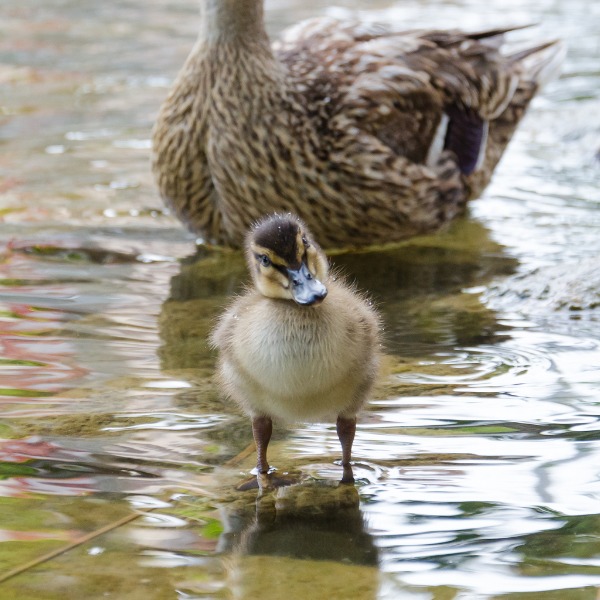Testing the Waters

Duckling testing the water (cribea, iStockphoto)

Duckling testing the water (cribea, iStockphoto)
How does this align with my curriculum?
Curriculum Alignment
ON
9
Science Grade 9 Applied (SNC1P) (2008)
Strand A. Scientific Investigation Skills and Career Exploration
ON
9
Science Grade 9 Academic (SNC1D) (2008)
Strand A. Scientific Investigation Skills and Career Exploration
BC
6
Career Education 6 (2016)
Big Idea: Our attitudes toward careers are influenced by our view of ourselves as well as by our friends, family, and community.
YT
6
Career Education 6 (2016)
Big Idea: Our attitudes toward careers are influenced by our view of ourselves as well as by our friends, family, and community.
BC
7
Career Education 7 (2016)
Big Idea: New experiences, both within and outside of school, expand our career skill set and options.
NS
7
Science Grade 7 (2020)
Learners will analyse particle theory in relation to substances in environments
NS
7
Science Grade 7 (2020)
Learners will test the strength and efficiency of shapes and materials used in construction.
YT
7
Career Education 7 (2016)
Big Idea: New experiences, both within and outside of school, expand our career skill set and options.
YT
7
Science Grade 7 (British Columbia, June 2016)
Big Idea: The electromagnetic force produces both electricity and magnetism.
BC
8
Career Education 8 (2016)
Big Idea: Our career paths reflect the personal, community, and educational choices we make.
NS
8
Science Grade 8 (2020)
Learners will analyse how the characteristics of cells relate to the needs of organisms.
NS
8
Science Grade 8 (2020)
Learners will evaluate ways to maintain and factors that disrupt cell and system health.
NU
8
Knowledge and Employability Science 8 (Alberta, Revised 2009)
Unit C: Light and Optical Systems
NU
8
Knowledge and Employability Science 8 (Alberta, Revised 2009)
Unit E: Freshwater and Saltwater Systems
YT
8
Science Grade 8 (British Columbia, June 2016)
Big Idea: Life processes are performed at the cellular level.
NT
8
Knowledge and Employability Science 8 (Alberta, Revised 2009)
Unit C: Light and Optical Systems